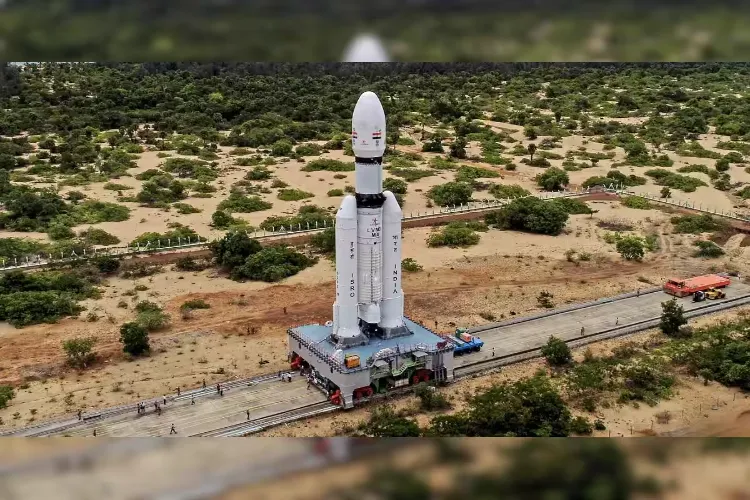India’s own Regional Navigation Capabilities ISRO will be carrying out its 100th rocket launch

On this rocket it will be launching the NVS-02 satellite (2nd generation of NavIC) at 6:23 am on January 29, 2025.
NVS-02 satellite was designed, developed and integrated at U R Satellite Centre (URSC) with the support of other satellite-based work Centres.
On completion of Assembly and Integrated Testing, the satellite was subjected to various tests to verify and validate its design and performance in simulated space environment during November-December 2024.
The satellite underwent dynamic test during December 2024 thus confirming its suitability to withstand the dynamic loads anticipated during launch.
Next a comprehensive Pre-shipment Review of the performance and compliance of the Satellite during various phases of its realization was completed on December 27, 2024.
The satellite was flagged off to SDSC-SHAR, the launch port of India on January 05, 2025. The Satellite has reached SHAR and the pre-launch campaign activities are in progress for a scheduled launch.
Navigation with Indian Constellation (NavIC) is India’s independent regional navigation satellite system designed to provide accurate Position, Velocity and Timing (PVT) service to users in India as well as the region extending about 1500 km beyond the Indian landmass, which is its primary service area.
NavIC is providing two types of services, namely, Standard Positioning Service (SPS) and Restricted Service (RS). NavIC SPS provides a position accuracy of better than 20 m (2σ) and timing accuracy better than 40 ns (2σ) over the primary service Area.
Five second-generation NavIC satellites viz., NVS-01/02/03/04/05 are envisaged to augment NavIC base layer constellation with enhanced features for ensuring continuity of services. The NVS series of satellites incorporates L1 band signals additionally to widen the services.
NVS-01, the first of the second-generation satellites was launched on-board GSLV-F12 on May 29, 2023. For the first time, an indigenous Atomic clock was flown in NVS-01.
NVS-02, the second satellite in the NVS series is configured with Navigation payload in L1, L5 and S bands in addition to ranging payload in C-band like its predecessor-NVS-01. It is configured on standard I-2K bus platform with a lift-off mass of 2250 kg and power handling capability of ~3 kW. It will be placed at 111.75ºE replacing IRNSS-1E. NVS-02 uses a combination of indigenous and Atomic clocks for precise time estimation.
Navic will have strategic applications for our Armed Forces including terrestrial, aerial and maritime navigation. It will also help in geodetic survey, fleet management and location based services and Emergency services.
ISRO itself and our Defence Space Agency will be using it for Orbit determination of satellites. It will also help secure our food security through Precision agriculture programmes.




